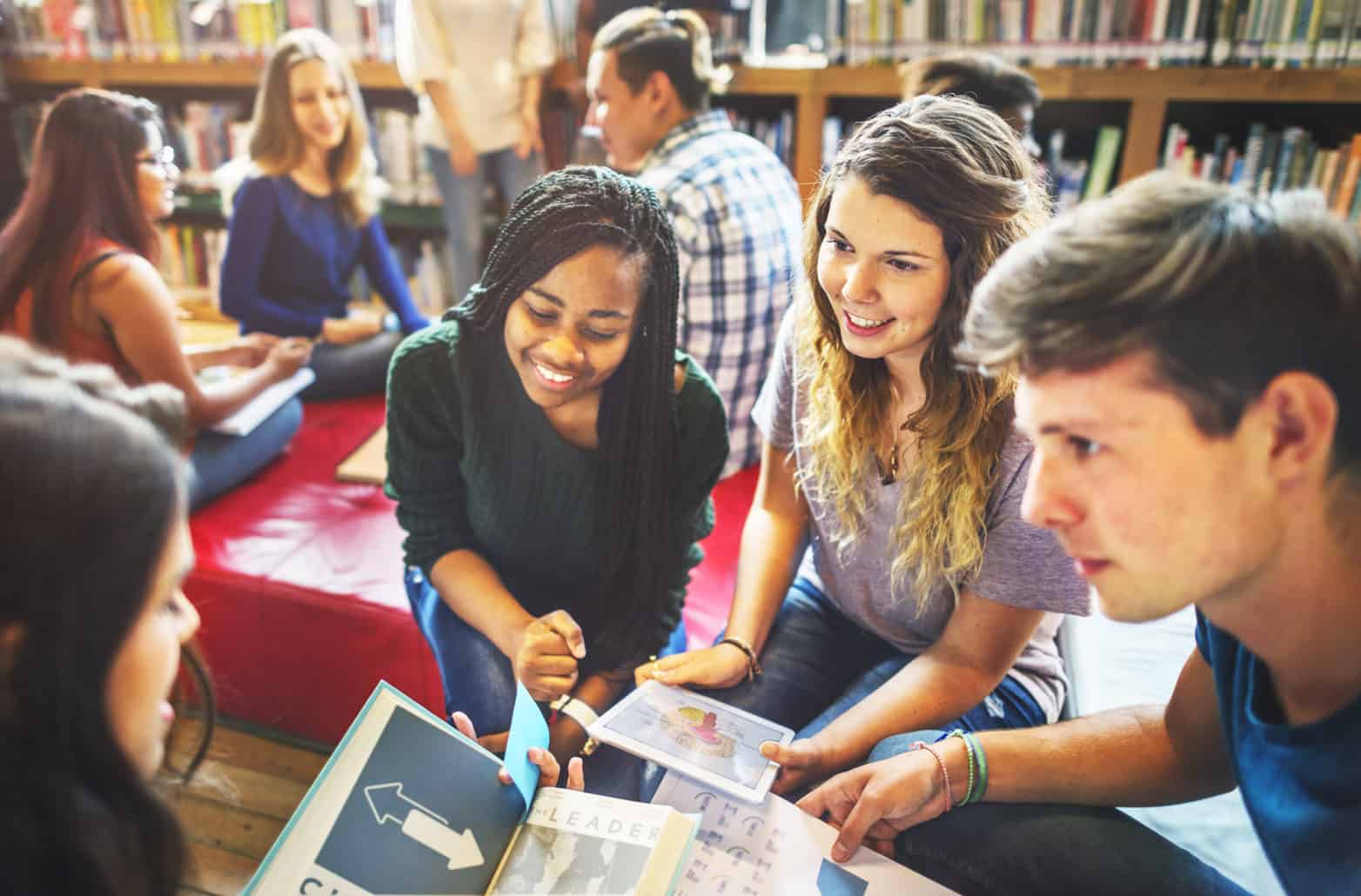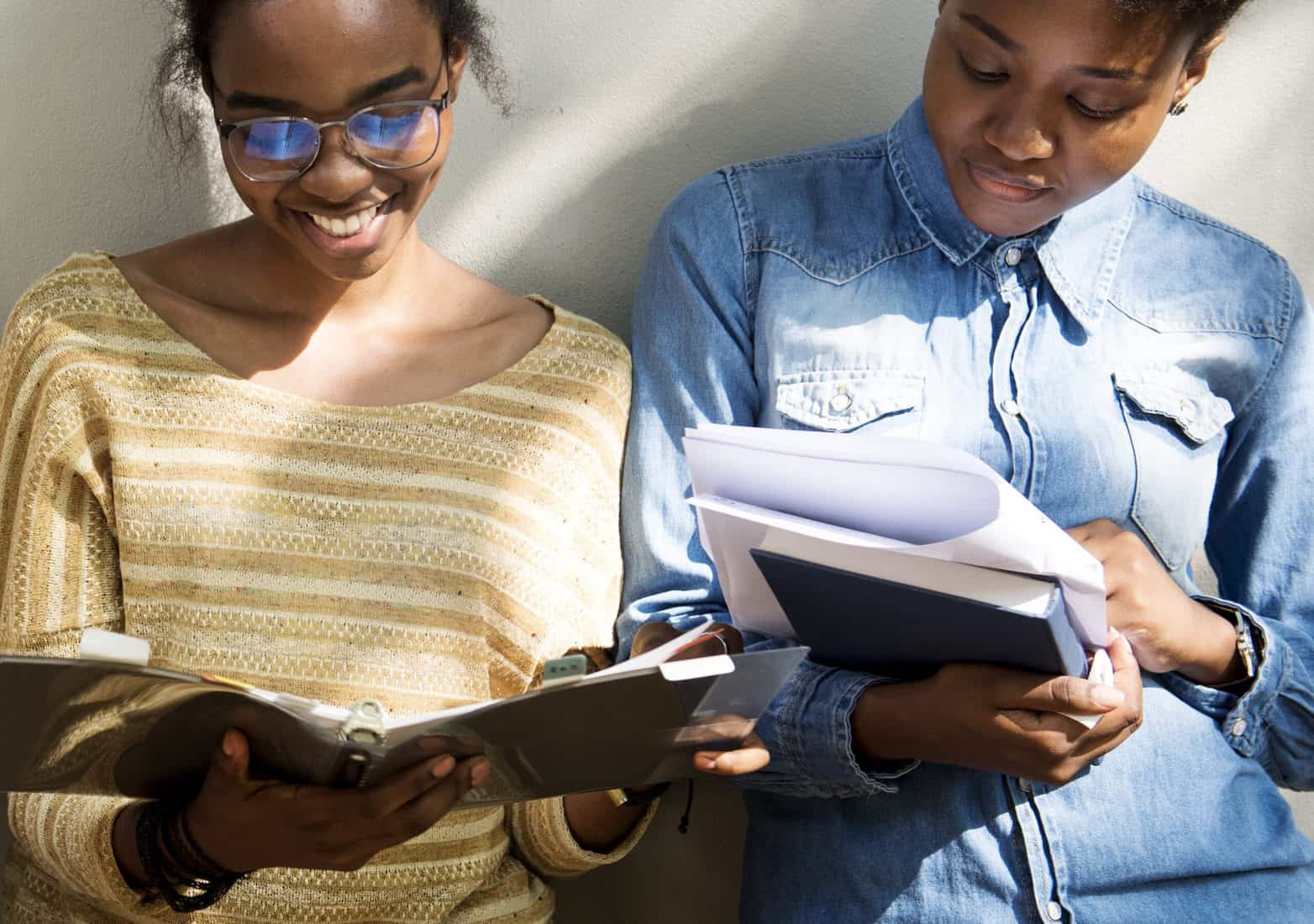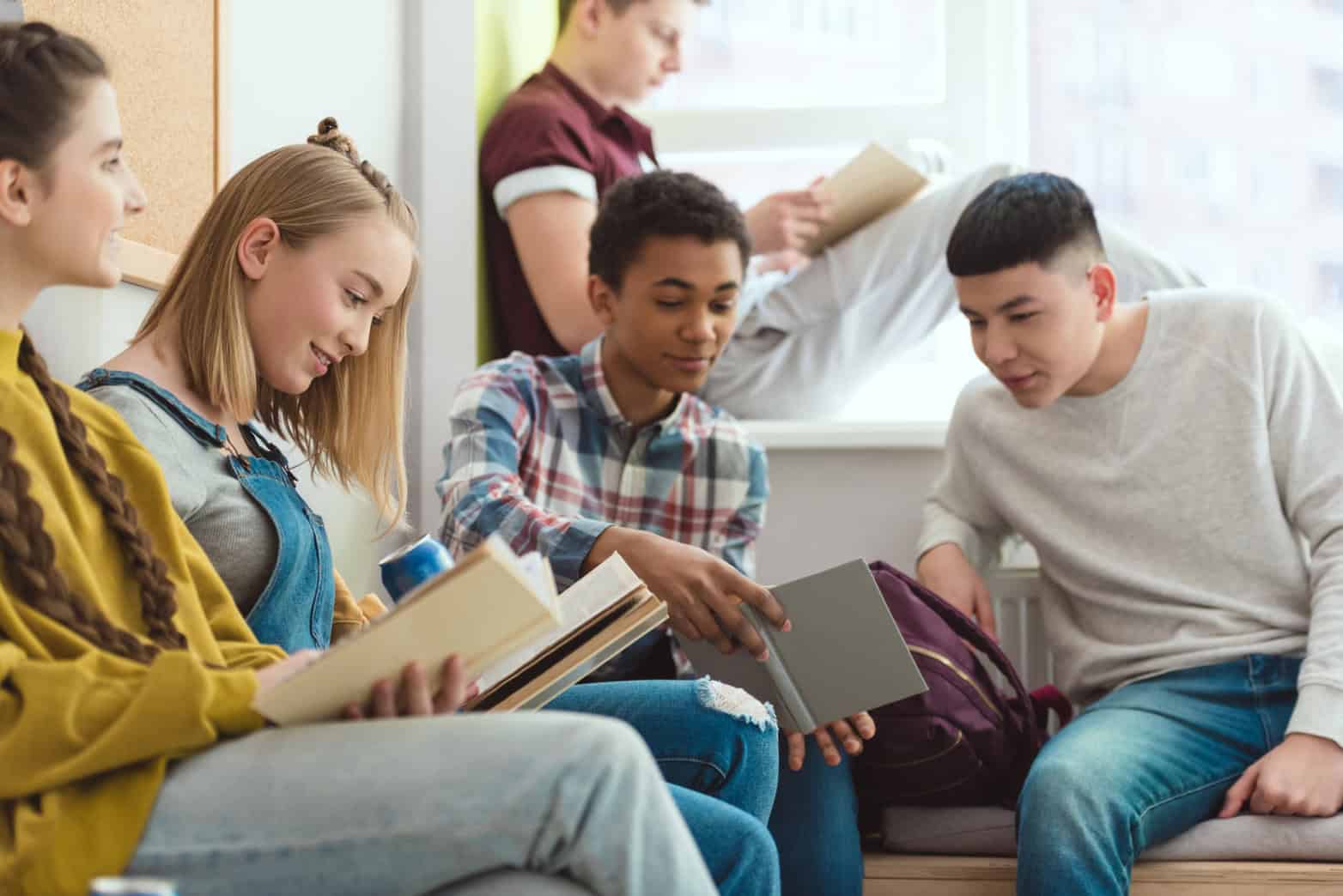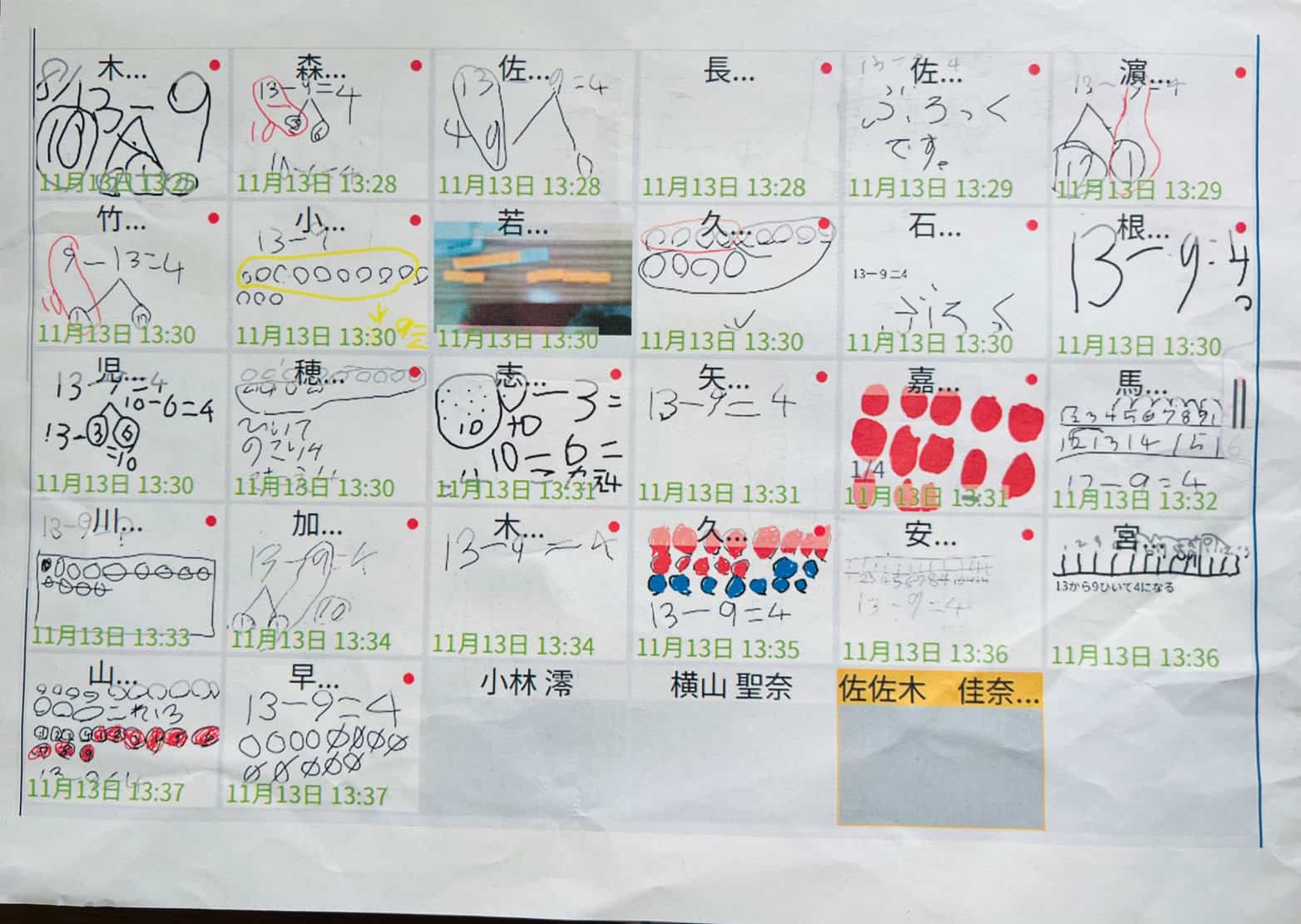Phil Daro was a lead author of the Common Core State Standards for Mathematics (CCSS-M) and works with teachers, districts, and developers to improve math teaching and learning. He has worked with SAP most recently on Math Milestones. He was invited by the Lesson Study Learning Alliance and Project IMPULS in Japan to spend 2 weeks visiting schools and engaging in workshops with Japanese and American mathematics educators focused on improving math teaching through Lesson Study. He shares his observations and work through this series.
Paraphrased goal from today’s translated lesson plan:
“To shake the child’s thinking and elicit new perspectives and thoughts by puzzling the students to make them curious about new and different ideas.”
Reflections written by students suggest this happened. I’ll quote some in a minute.
During the class discussion, the teacher wanted the lesson to puzzle the students—and for the students to experience being puzzled, to talk about the experience of being puzzled, and to talk about where ideas come from that help solve the puzzle. Where do ideas come from when you are puzzled? The thinking of others, especially other students.
This echos the prompt from an earlier lesson in another school, which asked students, “How did you change your mind today?” The clear focus is on how learning is experienced, what it feels like when one learns. It feels like a changing of one’s mind, the arrival of new ideas different from ideas you already had.
What does it feel like when you are ready for a new idea? It feels like curiosity. We can become curious when we are puzzled by something. We are puzzled when what we already think with our old ideas doesn’t work to make sense of a new situation. That’s what the lesson was designed to do.
The move: Puzzle students. Lead the students to a pivotal puzzle that drives the lesson to the target mathematical ideas. Have them get good ideas from other students and then clarify and summarize the different ways of thinking into a direct statement of the target math.
Here are two examples from two different lessons in two different schools.
4 flavors of ice cream. Buy 2 scoops. A lot of whole-class lively discussion of the situation. Under the condition of buying a cone, they decided it mattered which flavor was bottom and which top. Many fun minutes later, they decided the order did not matter for the condition buying 2 scoops in a cup. Posed question: “How many different cones are there?” Then teacher wondered if the number of different cups was the same or different. They predicted with shout out, then turn talk.
Often, while setting up the assignment, the teacher asks an initial question, and students call out answers. Sometimes he asked a student up to board to choose, for example, 2 flavors, and post picture on board. In other words, it was whole-class interactive experience led by teacher: lively, noisy, fun. It was not a lecture. Students responded to frequent teacher questions, which were expressions of curiosity.
Yet, the focus of everything (the jokes and the chatter) was the math as a human activity.
The class then made tree diagrams to count cones 12.
Then, students were assigned to show if cups same or different and how. Students all made tree diagrams for cups…following same procedure. This was the deliberate misdirection to set up experience of being puzzled.

The move, part a: Lead class discussion to something puzzling in a math problem. Dwell on what is puzzling. Use the puzzle to find the math. When you are puzzled, your brain wants a new idea, an upgrade to prior ideas. That’s what learning is, folks.
The move, part b: Where do new ideas come from? Where can you find a new idea? Other people? Yes, that’s a good place to look. Walk around and find new ideas from other students. Collaborate. Representing the situation in a different way? Yes, that’s a good way to find new ideas. Try something out and see what happens? Yes.
Often, you can productively puzzle by asking students to apply something learned previously to a situation where it doesn’t apply in the way they are used to. Lining up numbers from the right to add or subtract them works fine as long as the rightmost digit is in the units (ones) place, but applying that prior knowledge to 25 + 15.75 = [_] doesn’t work. Why? Discuss.
It worked. After a while, the teacher asked who was puzzled or wondering. Led discussion of students saying what’s puzzling. “They should be different, but I got the same number; something should be different.“
The move: When students are puzzled, go meta: ask what it is like to be puzzled, how does being puzzled stimulate the brain, focus attention? How does it feel? Can it be fun? Reflect.
















